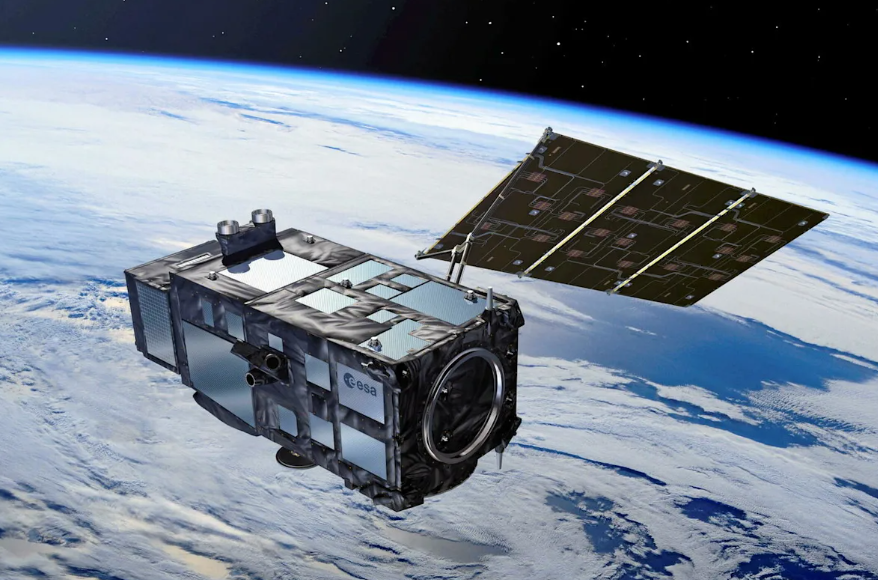“It is essential to provide data to decision-makers and scientists,” explains Simonetta Cheli, Director of Earth Observation Programs at the European Space Agency.
“Monitoring the oceans from space is very important to understand the impact that climate warming can have on our world,” explains Simonetta Cheli*, Director of Earth Observation Programs at the European Space Agency (ESA).
“Oceans represent 30% of the capacity to absorb CO2,” she adds, emphasizing that it is “essential to provide data to decision-makers and scientists to forecast extreme meteorological events.” We met her during the One Ocean Science Congress, held in Nice from June 3 to 6, ahead of the UN Ocean Conference (UNOC3), for which Le Point was a partner.
ESA’s work on Earth observation and ocean protection is centered around the Copernicus program, considered the largest of its kind worldwide. A collaboration between the European Union and ESA, Copernicus operates a fleet of Sentinel satellites, each tasked with specific missions to monitor our planet.
Crucial Data
Among them, Sentinel-3 plays a particularly crucial role in ocean monitoring by carrying several complementary instruments. It can precisely measure sea surface temperature, analyze sea topography, and study ocean color — an important indicator of ecological health.
These data are essential to understanding ocean dynamics and their changes in response to climate change. Sentinel-1 can detect underwater oil spills, while Sentinel-2 monitors algae, which are vital to marine ecosystems. With its onboard altimeters, Sentinel-6C can measure the accelerating rise of sea levels.
Source: lepoint




